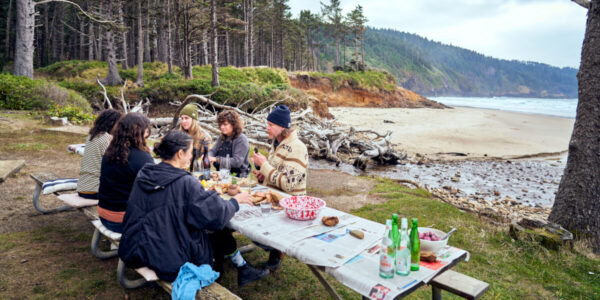
Meet Pando, Methuselah, and More of the World’s Oldest Trees—Right Here in the West
Trees are already the oldest living beings in the world—the West has some of the oldest of the old ones.
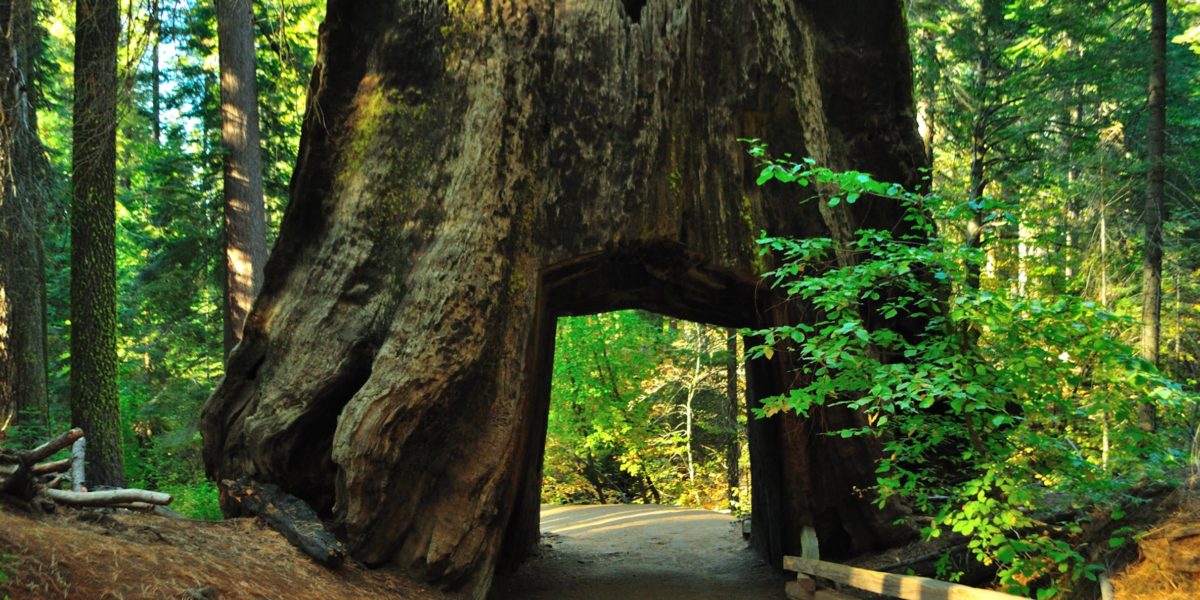
Photo by Sandy L. Kirkner / Getty Images
We all intrinsically know that trees are old—the oldest life forms on our planet, prehistoric in some cases. Among all life on earth, they have the greatest capacity for ancientness; this is what trees are famous for. But even though we in the West know that trees are old, we might lose sight of the ways in which trees can measure the timeline of humanity itself. The West is home to nearly all of America’s oldest trees—and many of the world’s largest. We are incredibly fortunate to have these wizened wizards in our midst. Here are the places in the West where you can witness their grandeur up close and in person.
Pando: The One-Tree Forest of Quaking Aspen
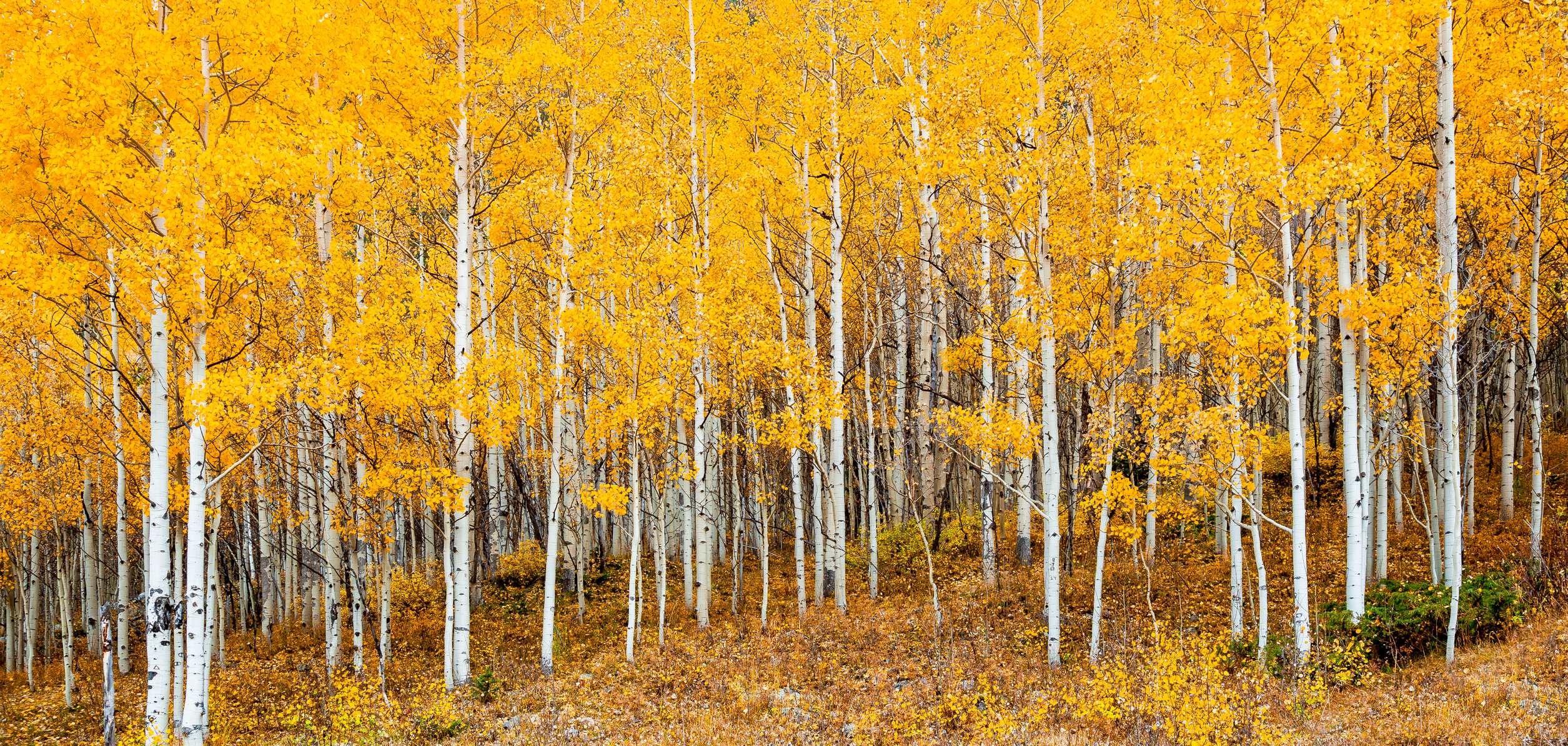
Photo by Deb Snelson / Getty Images
Pando, the 47,000-tree clonal colony of male* quaking aspen (Populus tremuloides) in Utah is thought to be one of the world’s oldest living organisms—the root system of Pando is an estimated 80,000 years old. Let’s put this into perspective: At this point in history, modern humans were a brand-new species, barely out of Africa, freshly afoot into Asia. A full 45,000 years before the first bone tools or even human language, Pando was a baby seedling sprouting out of the Utah soils. Every so often, a fire would rip through and take out its competition—conifers—and each time that happened, a fresh deposit of carbon meant Pando’s roots could shoot out a little further, popping a new shoot a little further out. Today, Pando is approximately 106 acres large, an entire forest comprised solely of clones of himself, but he might be finally reaching the end—mule deer have been taking him down one new sucker at a time, devouring the baby tree sprouts before they have a chance to reach maturity. His days may be numbered unless the exploding deer population is brought under control, but with wolves extirpated from the area and hunting banned (due to the proximity to houses), the solution might be to put a fence around the one-tree forest and hope for the best.
*Aspen is a dioecious species, so male and female flowers are on separate plants
Where to view: In Fishlake National Forest in South-Central UT
Methuselah: World’s Greatest Great Basin Bristlecone Pine

At 4,852 years old, Methuselah is the second-oldest single-stem tree in the world.* This Great Basin bristlecone pine (Pinus longaeva) is one of just three species of bristlecone pine. Residing in California’s White Mountains, the gnarled, wizened Methuselah doesn’t have many forest-mates; the alkaline soils of the White Mountains aren’t very hospitable to many species and the understory in the Ancient Bristlecone Pine Forest is rather sparse. Methuselah’s close relative, the Rocky Mountain bristlecone pine (P. aristata), also makes “world’s oldest” lists (one individual, known only as CB-90-11, is 2,463 years old).
*With its date finally confirmed in 2012, there is one other Great Basin bristlecone pine that’s actually older (5,069 years old as of 2021—born around the time of the invention of the wheel), but the exact location of this healthy, unnamed specimen has been kept secret. Like Methuselah, it lives somewhere in the White Mountains.
Where to view: Methuselah Grove in the Ancient Bristlecone Pine Forest of Inyo National Forest
General Sherman: The World’s Largest (Single-Stem) Tree
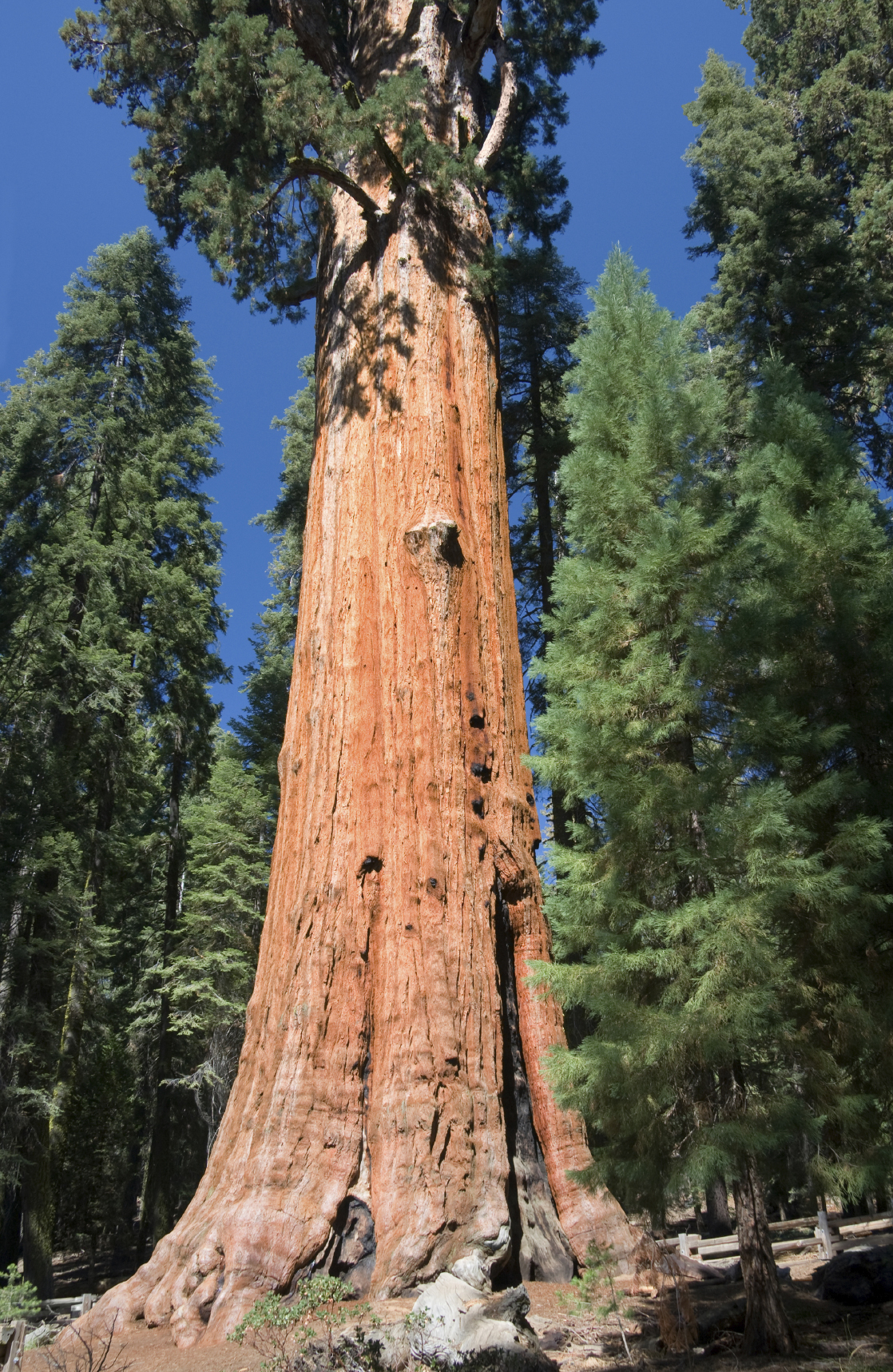
When we think of the redwood forests of Northern California, this is who comes to mind: the General Sherman Tree in Sequoia National Park. Size matters: This 2,100-year-old giant sequoia (Sequoiadendron giganteum) is the largest (by volume) tree on Earth, is approximately 275 feet tall and weighs in at an estimated 1,385 tons. Like many of the parks’ trees, it was named in the 1870s for a leader in the then-recently fought Civil War. We prefer the tree’s common name, a nod to the Native American polymath Sequoyah, who invented the Cherokee writing system.
Where to view: North end of Giant Forest in Sequoia National Park
The Bennett Juniper: America’s Biggest Juniper
Coming in at about 2,200 years old, this hefty honey has been around as long as the Great Wall of China. This tree has been shrouded in consternation—an enigma wrapped in a puzzle wrapped in a mystery. First, they couldn’t quite pin down the age; over the decades, numerous dendrologists have drilled it with their increment borers to count the rings with mixed results. They tried comparing it to the number of rings on nearby (dead) trees of similar size—these were around 6,000 years old—but this proved inaccurate since ol’ Bennett grows near a water source, allowing it to grow larger (12.7 feet in diameter) than its neighbors. During its most recent coring (in 1989, at the request of its current owners the Save the Redwoods League), it became known that Bennett has a dead core and therefore its true age may never be known.
Where to view: Stanislaus National Forest in Tuolumne, CA
Dawn Redwood: Sequoia’s “Living Fossil” Cousin
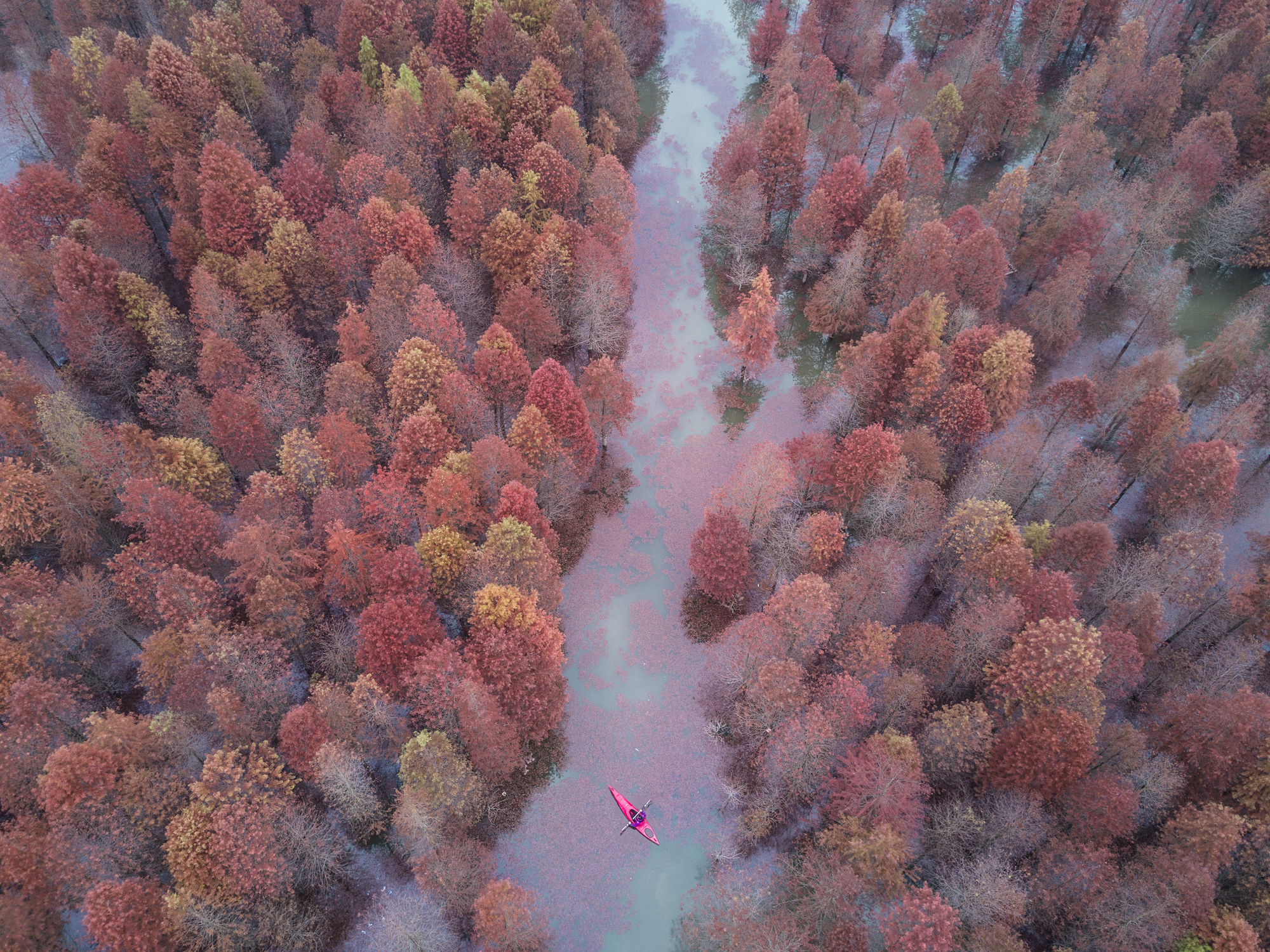
Photo by Jackal Pan / Getty Images
Everyone knows about the coast redwoods (Sequoia sempervirens) of Northern California (they have their own national park) and the famous “Tunnel Tree”—a giant sequoia (Sequoiadendron giganteum) that was felled by a storm in 2017.* But there’s an even older species—a living fossil dating back to the Miocene (23 to 5 million years ago) that is Oregon’s official state fossil: dawn redwood (Metasequoia glyptostroboides). Having previously only been known from the fossil record, this native of China was thought extinct until the 1940s, when the first living populations were discovered in central China. Once discovered, seeds were distributed around the world, including Portland—the specimens in the City of Roses were planted in 1948, making them among the oldest in the country. Like larch, these majestic conifers are deciduous; that is, they change color and drop their leaves in the fall just like maple or oak.
Where to view: Hoyt Arboretum in Portland, Oregon
*Drive-thru sequoia fans, take heart: there are still two standing tunnel-trees in the West: the Chandelier Tree in Leggett, CA, and a (dead, but still standing) tunnel tree in Tuolumne Grove in Yosemite National Park, pictured at the head of this article.
Another Living Fossil: Gingko, the Maidenhair Tree
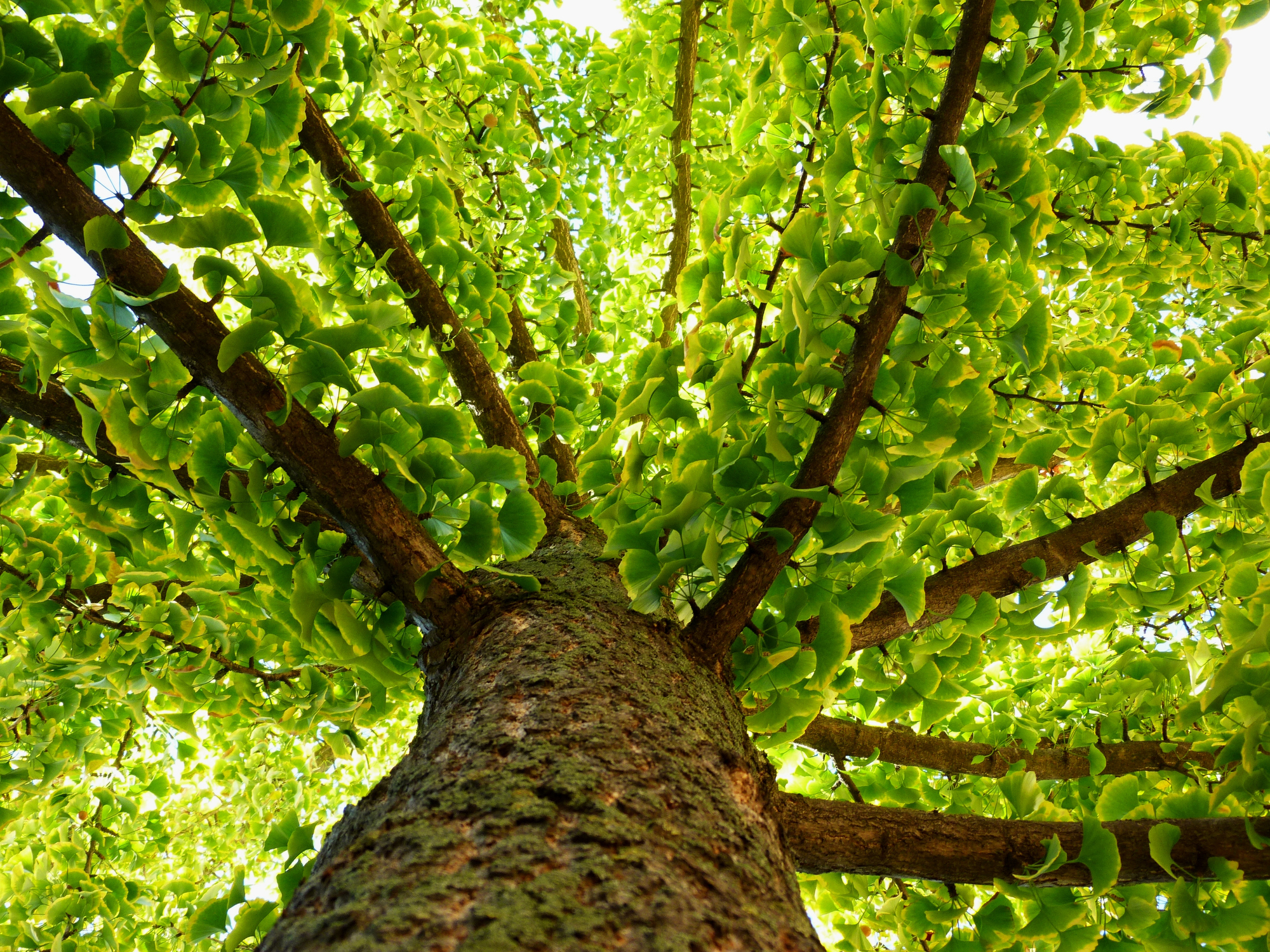
Photo by Istvan Balogh / Getty Images
Speaking of living fossils, gingko (Gingko biloba) is the only surviving member of the entire Gingkophyta plant division—all of its kin are long extinct. Because the tree is native to China, fossilized gingko specimens found in Central Washington provide evidence that North America was once connected to Asia.
Where to view: Any arboretum, Japanese, or Chinese garden in the West, like Portland’s Hoyt Arboretum. View the fossilized version at Gingko Petrified Forest in Kittitas, WA (which has dozens of other petrified species as well).
